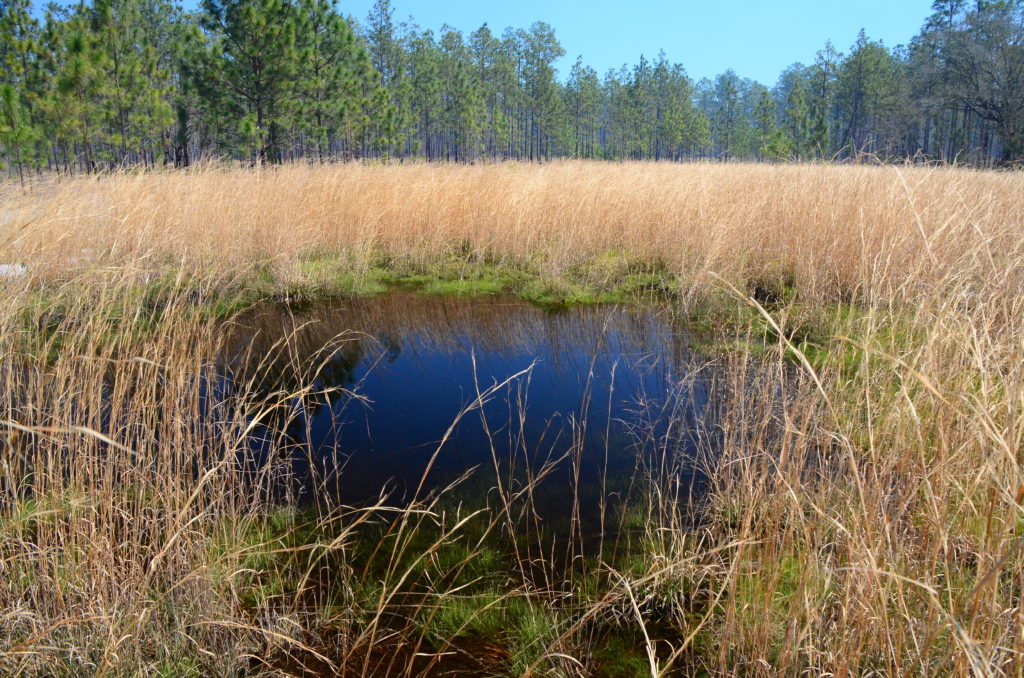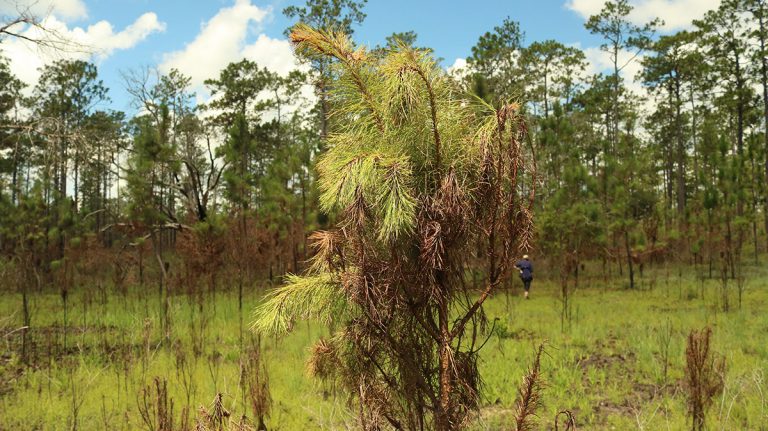
Our results suggest that future crayfish surveys should include sampling of these important but often overlooked habitats. Ephemeral wetlands and associated wetland habitats within the floodplains of large rivers thus appear to be vital habitat for threatened and imperiled crayfish in Alabama. Determine the biodiversity of algae, aquatic and semi-aquatic plants, and aquatic invertebrates for ephemeral wetlands in NMB. Most populations of Priority 1 and 2 species we documented are within the 100-year floodplain of the Black Warrior River. Ten species of crayfish were documented from ephemeral wetlands, including four Priority 1 and 2 species. While ephemeral wetlands contribute significantly to regional freshwater biodiversity, their role in supporting threatened and imperiled species of crayfish. A”) was also documented, and will presumably be eventually designated a Priority 1 species in Alabama due to its restricted distribution and apparent endemism.


An undescribed species of Cambarellus (“sp. Termed hydroperiod, the duration a pond holds water can vary from 1 or 2 weeks to 1 or 2 years, and hydroperiod can vary from year to year and pond to pond. These are wetlands that have been formed from depressions in the ground that temporarily hold water after substantial rain events and dry out periodically. This assemblage included three Alabama state-listed Priority 1 species and five Priority 2 species. Ephemeral wetlands are usually small, isolated ponds with a cyclic nature of drying and refilling. Fifteen species of crayfish were documented among 96 survey sites. in areas where many natural ephemeral wetlands.

To this end, we documented crayfish species associated with ephemeral wetlands and associated wetland habitats that have been traditionally under sampled. Typical vegetation in Liege Street constructed wetland bodies with minimal fringing and instream native. As the center of global crayfish biodiversity, the southeastern United States (US), and the state of Alabama (AL) in particular, are important focal areas where information is needed to develop understanding of habitat constraints determining the distributions of crayfish species. While ephemeral wetlands contribute significantly to regional freshwater biodiversity, their role in supporting threatened and imperiled species of crayfish is not widely recognized.


 0 kommentar(er)
0 kommentar(er)
